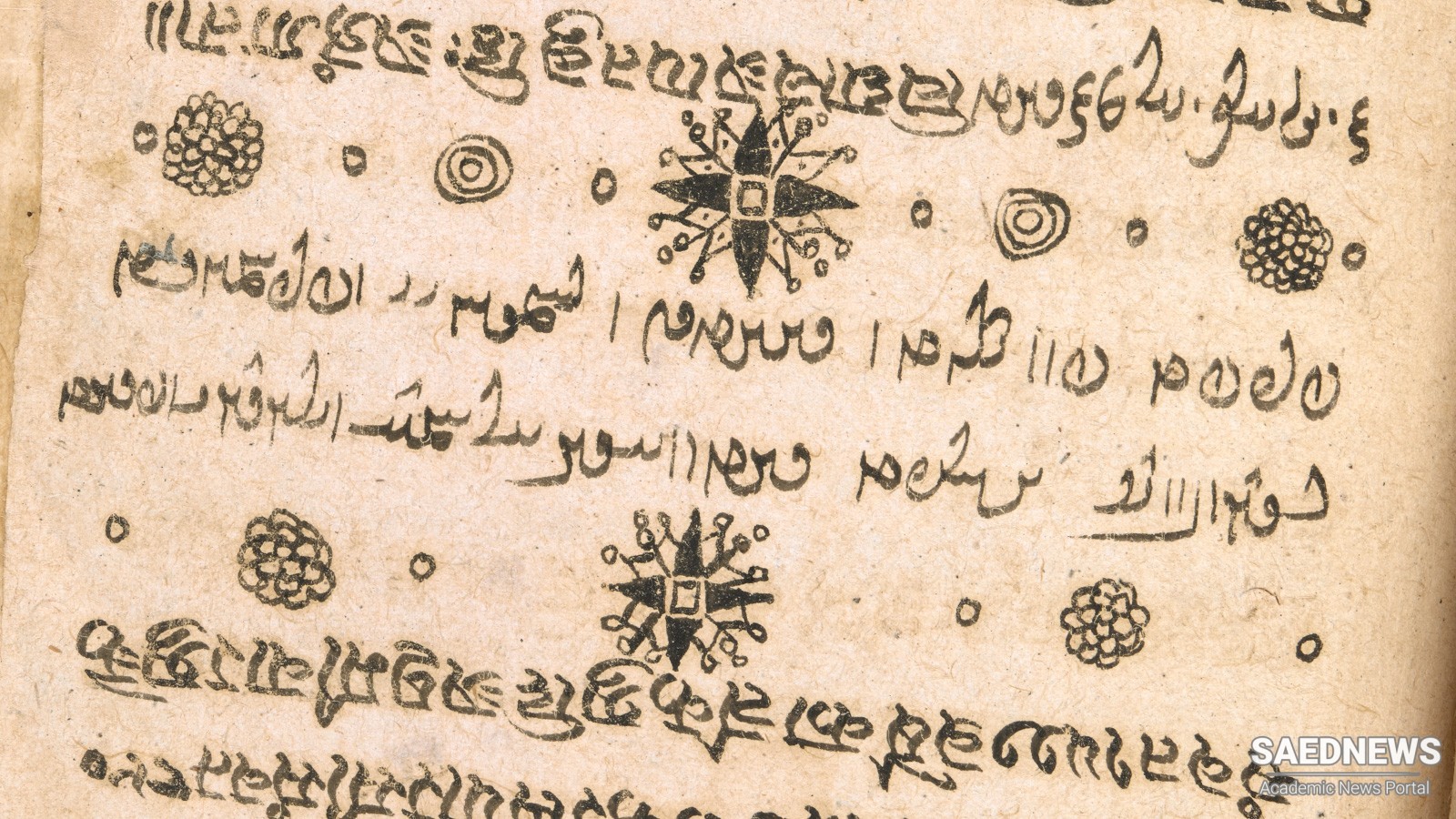Life is frequently conceived of in terms of a giant (horse) race, the winners of which are declared at the “final turn.” This image is also used of the poet and his poems, which vie with those of the competitors for first place in the race toward the gods. It is therefore not always cleat which of the two big “races” are being alluded to, but probably the last one is reflected or foreshadowed by the first. At the Ford of the Accountant (the Chinwadpuhl of the later tradition), a questioning takes place, at which the “tallies” for good thoughts, etc., are counted up. As a result of the accounting, the rewards are distributed: good or bad.
The story of what happens to the soul after death is told in several Avestan (Videvdad chap. 19, Hâdôkht nask) and Pahlavi texts. According to the Pahlavi texts, the damned suffer unspeakable punishments in hell. The Book of Ardâ Wirâz, in particular, contains a catalogue of such punishments that closely resembles Dante’s Divina Commedia. In this text, the Righteous (ardâ) Wirâz is sent into the beyond to verify the credibility of the religion as practiced at his time (3rd cent. C.E.?). He visits heaven and hell, as well as the intermediate area reserved for those whose food thoughts, etc., equaled their bad thoughts, etc.
In the later tradition, the course of the world passes through four periods of 3,000 years, but it is not clear from the Young Avesta to what extent this scheme had been developed already at that time. According to the later tradition human history takes place in the third millennium, and during the last millennium three sons of Zarathustra, whose semen has been preserved in Lake Kiyânsê, are born from three virgins who come down to the lake to bathe. These three sons are the saoshyants, “Life-givers” or “Revitalizers” become the leaders in the final battle against Evil.
Most of the known details of the Young Avestan saoshyant Astwaterta are from the Zamyâd yasht (Yt. 19), in which the story of the “(divine) Fortune” (khwarnah) is told, while the Pahlavi books, notably the Bundahishn, contain details about all three.


 Greek Notion of Afterlife
Greek Notion of Afterlife














































